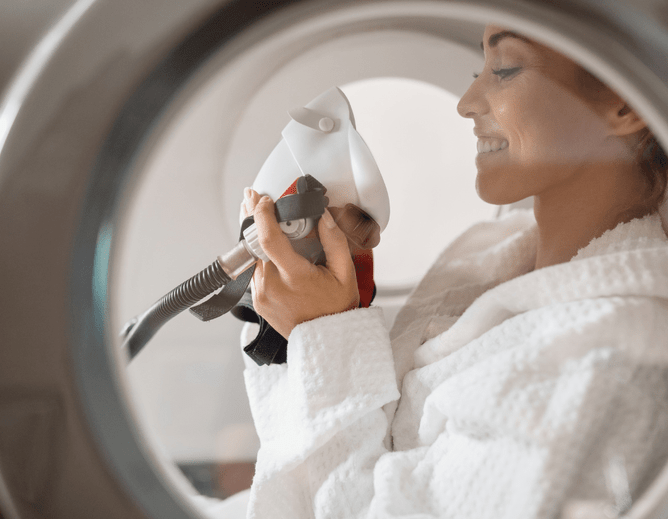Hyperbaric Oxygen for Concussion Recovery
n 2014 there was a patient I had been seeing on ACC for a bad concussion - traumatic brain injury (TBI). We were making progress with the treatment, but it was slow. I did not see her for a month and when she returned, she looked SO much better - her eyes were brighter, her speech was clearer, and her headaches had considerably reduced. I asked her what she had done and she said she had been having QRS PEMF (Pulsed Electromagnetic Fields) and HBOT at the hyperbaric chambers at Health Evolution up on the Kapiti Coast. I did not know much about hyperbaric and initially thought it had to do with oxygen levels and something to do with 'the bends'. Then when I researched it I realised it had to do with increasing the pressure around and through the body which reduced the swelling around the damaged neurons in her brain. She also had oxygen supplied via a cannula so had an increased level of oxygen dissolved in her blood plasma and crossing the blood-brain barrier to help the nerve cells in the brain, to get going again. This was interesting and I wondered if it could help other patients.
With a very busy work schedule, I arranged well ahead to visit Health Evolution. Then on the day of the visit, I happened to be recovering from a gastro virus, feeling a bit weak I asked to sit down, and Hayley Brown suggested I go in the hyperbaric chamber instead. I didn't know what to expect but the lie down was welcome. As the pressure increased I was told to swallow a lot to clear my ears and I breathed oxygen easily through a cannula. After about 20 minutes at 1.3ATA pressure, I could feel 'squiggles' going on in my abdomen, and shortly after, I suddenly started to feel better. I felt better and better and by the time I came out of the chamber I felt great, no more weakness, I was back to full strength and vitality. This change lasted, and I did not return to my pre-chamber tummy trouble state.
So I researched some more, trained as a mild hyperbaric technician, and decided to invest in some chambers for our practice, with the plan being to reduce suffering for more people. I had already seen it work on a chronic brain injury and experienced it help an acute gut inflammation.
Our chambers arrived in September 2015. After set up and comprehensive staff training, we have been helping patients fully recover from head injury, prepare for surgery, improve gut function, and get positive changes in long-term neurological conditions such as Multiple Sclerosis and Stroke.
City Osteopaths HBOT/Hyperbaric Chamber Guide
1) Our chambers: Our hard chambers are made of Aluminium and go to up to 1.5ATA, which is like being 5 metres under the sea. With our special ten litre oxygen concentrators, we are able to provide around 93% oxygen into the cannula. We use non-PVC tubing for oxygen delivery to optimise the experience for the patient. Calculations show that with 60-93% O2 breathed in at 1.5ATA we are potentially able to increase the oxygenation saturation in the patient's blood plasma and tissues by 400-700%.
2) How many sessions will I need? Acute injuries usually respond quickly to HBOT and may only need one or two sessions. Chronic medical problems will take longer, and the patient and care givers need to be prepared to commit to a course of treatment. Packages are available in either 10, 20 or 40 sessions to decrease the cost to the patient. These need to be used concurrently, ideally a daily session five days a week for 2, 4 or 8 weeks. Pre-surgery one session is recommended to prepare the body and post-surgery at least one session is recommended to aid rapid recovery. For cancer treatment in conjunction with chemo or radiation 90 minute sessions are recommended. For wound healing such as injury to ligaments and discs 90 minute sessions are recommended. For Gut disorders such as IBS, 60 minutes should be sufficient , however in Ulcerative Colitis or Crohns then 90 minutes is recommended. For brain injury such as concussion or stroke, 60 to 90 minute 1.5 ATA sessions are recommended. If the patient cannot manage 1.5ATA and is at a lower pressure (ie 1.3ATA) then 90 minute sessions are recommended. If the trauma occurred months or years ago then a longer course of treatment will be required.
Once a person has had a course of treatments and achieved improvement in their symptoms then their system is ‘primed’ so will respond more quickly to future sessions and research has shown that maintenance treatments spread out over time are very beneficial for patients to continue their recovery.
HBOT Mechanisms of Action:
1) Reduces swelling and inflammation due to the action of the pressure on the whole body
2) Stimulates angiogenesis (growth of new blood vessels)
3) Assists in preservation of tissue when there has been an injury
4) Mobilises and stimulates an increase in stem cells within damaged tissue and in bone marrow
5) Combats viral or bacterial infections, potentiates antibiotics
7) Enhances mitochondrial recovery, cellular metabolism: ATP
8)The plasma can carry oxygen to small spaces that the red blood cells are not able to reach.
9) In cancer, it provides the reactive oxygen species required for chemo or radiotherapy to work.
10) With rapidly oxygenated tissue like the CNS and the GUT the tissues will reach full saturation more quickly.
HOW HYPERBARIC OXYGEN THERAPY (HBOT) WORKS
How Hyperbaric Oxygen Therapy (HBOT) Works by Rashmi Gulati, MD
Within the circulatory system, red blood cells transport oxygen throughout the body. With hyperbaric oxygen therapy, oxygen is carried to areas where circulation is diminished or blocked, since it is dissolved into all of the body's fluids, including the plasma, the central nervous system fluids, the lymphatic fluid, and the bone. Moreover, extra oxygen can nourish damaged tissues, enhancing the body’s capacity to mediate its healing process. The increased oxygen also greatly improves the body's infection control, as it enhances the function of the white blood cells and promotes the formation of new blood vessels in the affected areas. Hyperbaric oxygen therapy is not a temporary fix. Case histories show that the procedure produces progressively dramatic results with continued use. Children with severe autism or cerebral palsy have seen remarkable progress. Heart attack victims have been known to leave the hospital in half the time and return home, instead of needing long-term care in nursing homes. Brain scans show marked improvement in the cellular trauma associated with multiple sclerosis. Athletes have been known to use hyperbaric oxygen therapy for the rapid recovery from sports injuries and to gain optimal performance.
Because oxygen is inhaled under pressure into the fluids of the body and is more efficiently absorbed into all the body's cells, hyperbaric oxygen therapy promotes the growth of collagen—the foundation of firm new skin. Hyperbaric oxygen therapy is also known for its detoxification properties. In addition to increasing the delivery of oxygen throughout the body, HBOT enhances the white blood cells' ability to fight infection, and helps the body build new connective tissue and kill certain types of harmful bacteria.
While HBOT is not a miracle cure, it is a non-invasive, safe treatment, and has a growing body of documented studies that substantiate its ability to help people live longer, more comfortable, and productive lives.
To find out more about the author Melanie, Click here



